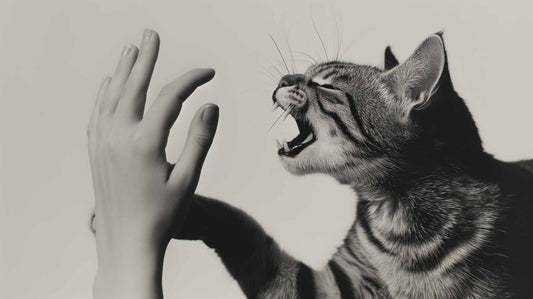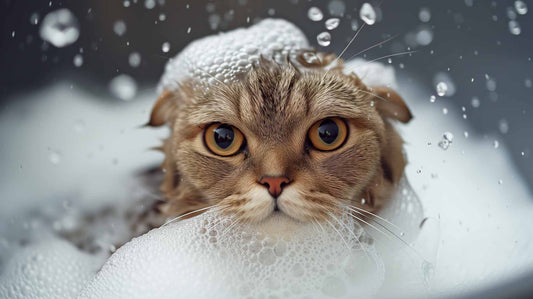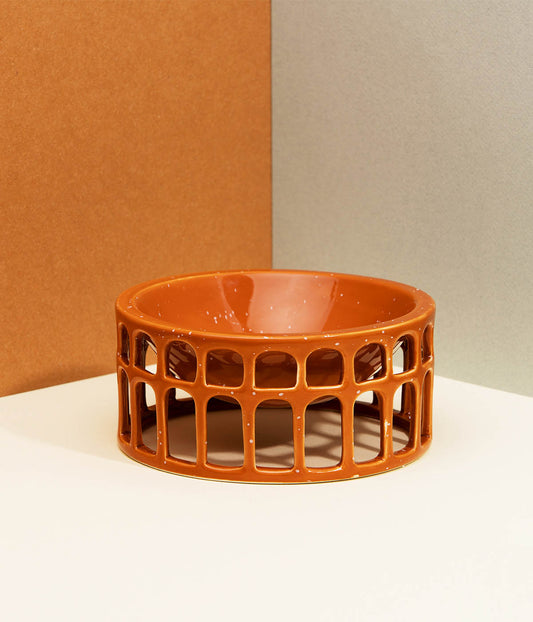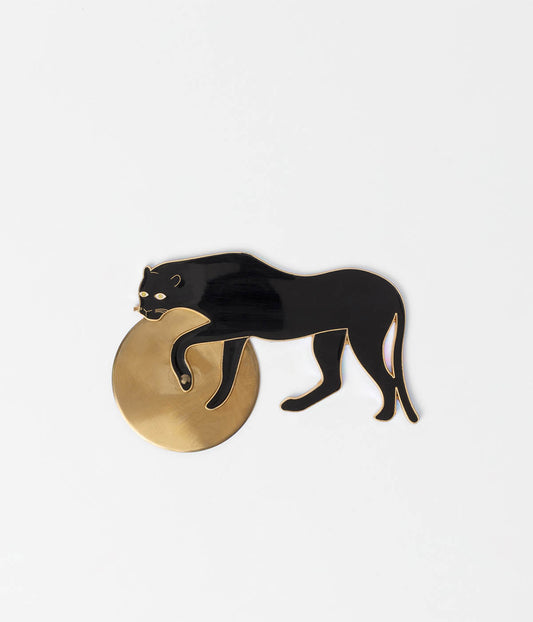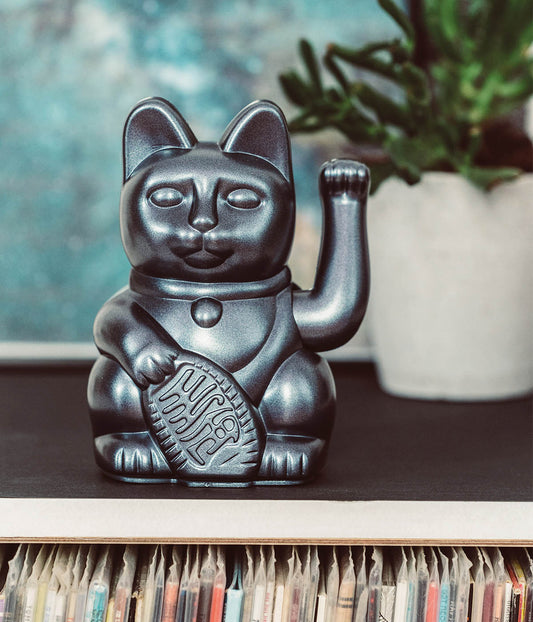
Understanding Arthrosis in Cats, and how to help you cat.
Marie DuchessArthrosis, also known as osteoarthritis, is a common degenerative joint disease that affects cats. It is a chronic condition that causes pain, stiffness, and reduced mobility in the affected joints. Understanding arthrosis in cats is crucial for providing the necessary care and support to improve their quality of life. In this blog post, we will explore the causes, symptoms, and treatment options for arthrosis in cats, as well as provide helpful tips to help your furry friend.
What causes arthrosis in cats?
Arthrosis in cats can be caused by various factors, including:
- Age: Older cats are more prone to developing arthrosis due to the natural wear and tear on their joints over time.
- Obesity: Excess weight puts additional stress on the joints, increasing the risk of developing arthrosis.
- Injury: Trauma or previous joint injuries can lead to the development of arthrosis later in life.
- Genetics: Certain cat breeds may have a higher predisposition to arthrosis.
What are the symptoms of arthrosis in cats?
Identifying the symptoms of arthrosis in cats is essential for early detection and intervention. Common signs of arthrosis include:
- Limping or favoring certain limbs
- Stiffness or difficulty in getting up or lying down
- Reluctance to jump or climb
- Decreased activity level
- Changes in grooming habits
How can you help your cat with arthrosis?
While arthrosis in cats is a chronic condition that cannot be cured, there are several ways you can help alleviate your cat's discomfort and improve their quality of life:
- Consult with your veterinarian: A professional diagnosis and treatment plan tailored to your cat's specific needs are crucial.
- Weight management: Maintaining a healthy weight can reduce stress on the joints. Your veterinarian can recommend a suitable diet and exercise plan.
- Provide a comfortable environment: Ensure your cat has easy access to their favorite resting spots, litter box, and food and water bowls.
- Use joint supplements: Supplements containing glucosamine and chondroitin can help support joint health and reduce inflammation.
- Physical therapy and exercise: Gentle exercises and physical therapy techniques recommended by your veterinarian can help improve joint mobility and reduce stiffness.
- Consider pain management: In some cases, your veterinarian may prescribe pain medication or other treatments to manage your cat's pain.
Understanding arthrosis in cats is crucial for providing the necessary care and support to improve their quality of life. By recognizing the causes, symptoms, and treatment options for arthrosis, you can take proactive steps to help your cat manage their condition. Remember to consult with your veterinarian for a proper diagnosis and personalized treatment plan. With your love and support, your cat can lead a comfortable and happy life, even with arthrosis.


